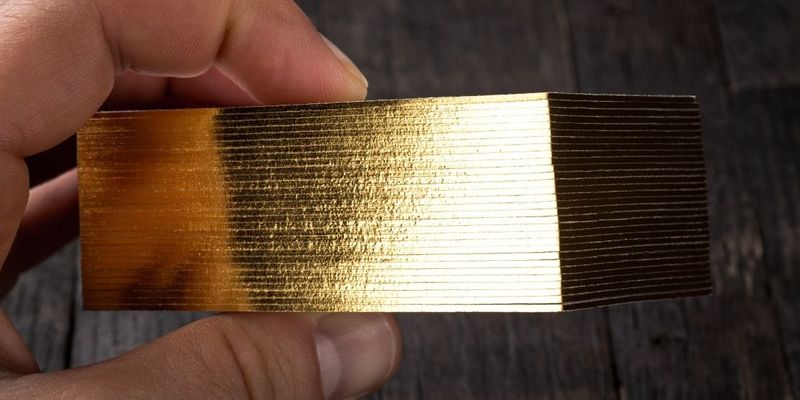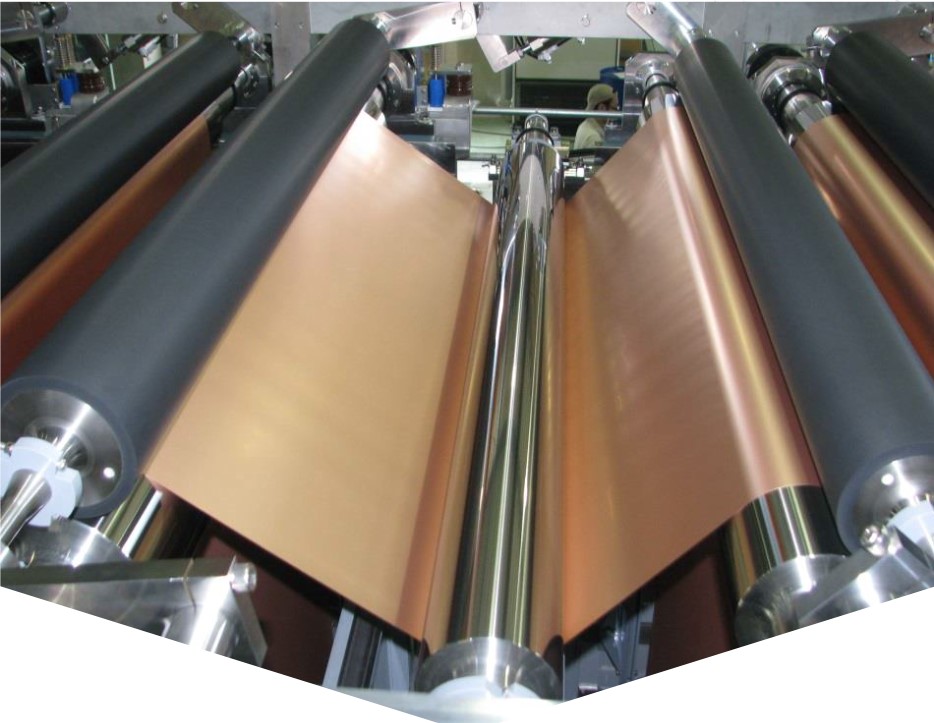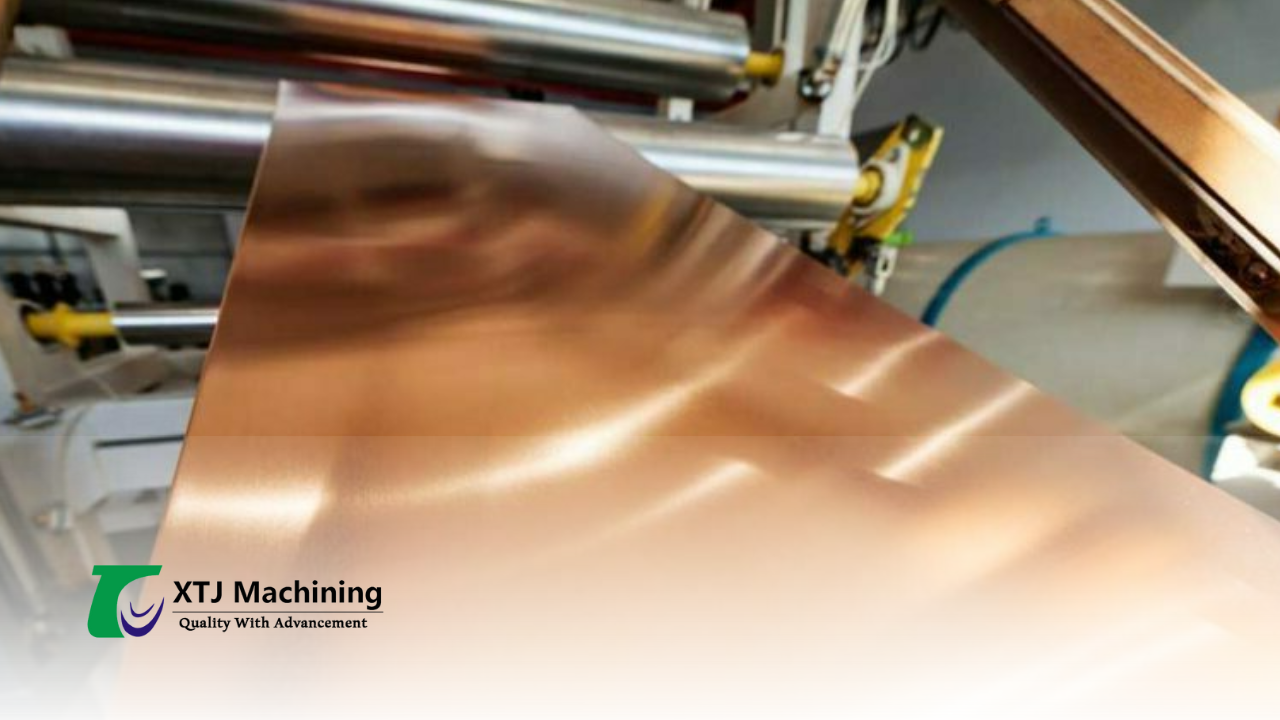What is Metal Foil? Understanding Its Role in Manufacturing
Metal foils are ultra-thin sheets of metal used in industries like electronics, aerospace, and medical manufacturing to create precise, lightweight parts. Companies like XTJ Precision MFG rely on foils for advanced manufacturing processes. This article explains what metal foils are, their properties, types, and their critical role in modern manufacturing, in clear and simple terms.
What Are Metal Foils?
A metal foil is a very thin sheet of metal, often thinner than a piece of paper, with thicknesses ranging from 0.001 mm to 0.15 mm. Think of aluminum foil used in kitchens, but designed for industrial strength and precision. Foils are made by rolling or pressing metals like aluminum, copper, or stainless steel into thin, flexible sheets.

Here’s why foils are useful in manufacturing:
Lightweight: Their thinness reduces weight, ideal for applications like aircraft or portable devices.
Flexible: Foils can be bent or shaped easily without breaking, perfect for complex designs.
Conductive: Some foils, like copper, carry electricity well, making them key for electronics.
Durable: Foils like stainless steel resist rust, especially after surface treatments like coating or polishing.
These qualities make foils essential for creating high-performance parts in various industries.
Common Types of Metal Foils
Different metals produce foils with unique properties, each suited for specific manufacturing needs. Here are the most common types:
Aluminum Foil: Lightweight and rust-resistant, used in electronic shields and aerospace parts. Thickness: 0.004–0.15 mm.
Copper Foil: Highly conductive, found in circuit boards and batteries. Thickness: 0.005–0.1 mm.
Stainless Steel Foil: Strong and corrosion-resistant, used in medical tools and aerospace components. Thickness: 0.01–0.15 mm.
Titanium Foil: Tough and lightweight, ideal for medical implants and aircraft parts. Thickness: 0.01–0.1 mm.
Gold Foil: Ultra-thin (0.001–0.05 mm) and corrosion-resistant, used in high-tech electronics.
These foils are selected based on the needs of the part, such as conductivity or strength, and shaped using advanced manufacturing techniques.

How Are Metal Foils Used in Manufacturing?
Metal foils are critical for creating small, precise parts across industries. Their thinness and unique properties allow them to be used in advanced manufacturing processes. Here’s a detailed look at how foils are applied:
1. Precision CNC Machining
CNC (Computer Numerical Control) machining uses computer-guided tools, like mills or lathes, to cut foils into precise shapes. For example, copper foil is machined into thin conductive layers for circuit boards, ensuring reliable electrical connections in devices like smartphones. Aluminum foil might be shaped into lightweight heat shields for electronics or aerospace sensors. CNC machines can achieve tolerances as tight as ±0.005 mm, making them ideal for intricate foil parts used in high-stakes applications, such as medical diagnostic equipment or satellite components.

2. Sheet Metal Fabrication
Foils like stainless steel or titanium are formed into panels, enclosures, or structural components through sheet metal fabrication. This involves laser cutting, bending, or welding to create shapes without damaging the foil’s thin structure. For instance, stainless steel foil can be bent into a protective casing for a surgical tool, while titanium foil might form a lightweight panel for an aircraft wing. Laser cutting ensures clean edges, and bending maintains the foil’s strength, making it suitable for automotive or medical applications where precision is critical.

3. Surface Treatments for Better Performance
Foils often need surface treatments to enhance their durability or functionality. Anodizing aluminum foil adds a protective layer to resist corrosion and scratches, ideal for aerospace parts exposed to harsh conditions. Copper foils may be plated with nickel to improve conductivity for battery applications. Polishing stainless steel foils creates a smooth, hygienic surface for medical devices. These treatments ensure foils meet the specific needs of industries, from wear resistance to aesthetic appeal.
4. Electronics and Battery Manufacturing
Copper foil is widely used in electronics, forming the conductive pathways in printed circuit boards (PCBs) that power devices like computers and phones. In electric vehicle batteries, copper foil acts as a current collector, ensuring efficient energy flow. Aluminum foil is used for electromagnetic shielding, protecting sensitive electronics from interference. Precision machining ensures these foils are cut to exact sizes, avoiding defects that could disrupt performance in high-tech applications.
5. Prototyping with 3D Printing and Vacuum Casting
Foils are often used in prototyping to test new designs quickly. Vacuum casting can incorporate foil inserts into molds to create textured surfaces or lightweight prototypes, such as a medical device casing. 3D printing can combine foils with other materials to create hybrid parts, like a titanium foil layer in a 3D-printed implant prototype. These processes allow manufacturers to experiment with foil-based designs, speeding up development for industries like healthcare and aerospace.

6. Aerospace and Medical Applications
Titanium and stainless steel foils are vital for lightweight, durable parts in aerospace and medical fields. In aerospace, foils are machined into thin fasteners or structural layers that reduce aircraft weight while maintaining strength, improving fuel efficiency. In medical manufacturing, titanium foils are used in implants like heart stents due to their biocompatibility and strength. These applications require precise machining and surface treatments to meet strict safety and performance standards.
Why Metal Foils Matter in Manufacturing
Metal foils may seem simple, but their unique properties make them indispensable in modern manufacturing. Their thinness, flexibility, and strength enable innovative designs and high-performance parts. Here’s a deeper look at why foils are so important:
1. Creating Lightweight Solutions
Weight is a critical factor in industries like aerospace and automotive. Foils, such as aluminum or titanium, allow manufacturers to build parts that are strong yet extremely light. For example, a foil-based panel in an airplane reduces fuel use while maintaining structural integrity. This lightweight advantage also applies to portable electronics, where thin foil components keep devices slim and efficient. Foils enable manufacturers to balance performance with weight reduction, a key challenge in modern engineering.
2. Achieving High Precision
Foils are perfect for parts requiring exact dimensions, such as electrical contacts or medical implants. Their thinness allows for intricate designs that thicker metals can’t achieve. For instance, a copper foil in a circuit board must be precisely cut to ensure reliable electrical flow. Tolerances as tight as ±0.005 mm are possible with advanced machining, making foils essential for applications where even a tiny error could cause failure, like in aerospace sensors or surgical tools.
3. Providing Conductivity for Electronics
Foils like copper and gold excel at conducting electricity, making them critical for electronics. Copper foil forms the pathways in circuit boards, enabling devices to function smoothly. Gold foil, though costly, is used in high-end connectors where reliability is crucial, such as in space equipment or medical diagnostics. The ability to machine and treat these foils ensures they perform consistently in demanding environments, supporting the growth of technologies like electric vehicles and IoT devices.
4. Enhancing Durability with Surface Treatments
Foils are thin, which can make them prone to wear or corrosion, but surface treatments address this. Anodizing aluminum foils creates a tough, rust-resistant surface for aerospace parts. Plating copper foils improves their conductivity and longevity in batteries. Polishing stainless steel foils ensures a smooth, clean surface for medical applications. These treatments make foils durable and cost-effective, extending their use in harsh or sensitive environments.
5. Speeding Up Innovation Through Prototyping
Foils are ideal for prototyping because they’re easy to shape and integrate with other materials. Vacuum casting can use foil inserts to test surface textures, while 3D printing can combine foils with plastics or resins to create hybrid prototypes. For example, a manufacturer might test a foil-based medical implant to ensure it fits perfectly before production. This flexibility accelerates innovation, allowing companies to develop new products faster in fields like healthcare, aerospace, and consumer electronics.
6. Meeting Strict Industry Standards
Aerospace and medical industries have rigorous requirements for safety and performance. Foils must be machined and treated to meet standards like biocompatibility for implants or fatigue resistance for aircraft parts. For instance, a titanium foil in a heart stent must be free of defects and perfectly smooth. Advanced manufacturing ensures foils meet these standards, providing reliable components for critical applications where failure is not an option.
7. Reducing Costs and Material Waste
Foils use less material than thicker metals, lowering costs for manufacturers. Their flexibility allows efficient processes like laser cutting or bending, which minimize waste. For example, cutting a stainless steel foil into precise shapes produces less scrap than cutting a thick plate. This efficiency makes foils a cost-effective choice for producing high-quality parts, especially in large-scale manufacturing for industries like automotive or electronics.
Learn More About Manufacturing
Want to dive deeper into manufacturing processes? Explore these related topics:
What is CNC Machining? – Learn about precision part production.
Surface Treatments Explained – Understand how coatings improve metals.
Sheet Metal Fabrication Basics – Discover metal-shaping techniques.
For questions about metal foils or manufacturing services, contact [email protected] .



